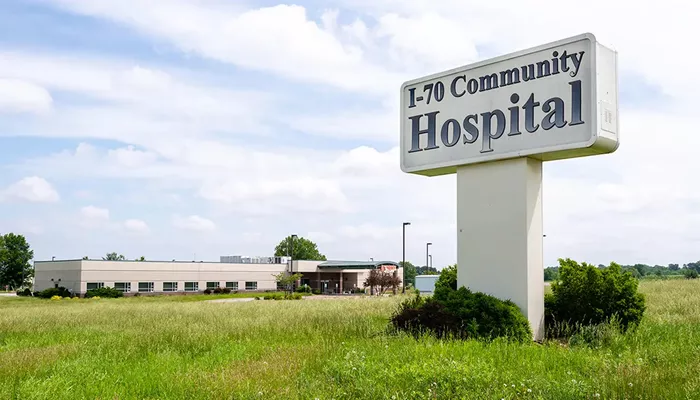Rural hospitals struggling to stay open are turning to medical debt financing companies, hoping these firms can help recover funds from patients who often face financial hardships.
This shift comes as proposed healthcare budget cuts threaten to leave millions of Americans without insurance, worsening health outcomes in vulnerable communities.
These financing companies act as intermediaries between hospitals and patients, many of whom are low-income, uninsured, or unbanked. While these services may help hospitals stay financially afloat, they can place additional stress on patients already burdened by health challenges and medical bills.
Hospital margins are at an eight-year low, pushing providers to seek new revenue streams. However, relying on patient financing—often involving high-interest loans—can create a cycle of debt that impacts patients’ ability to access necessary care, ultimately risking their health.
Experts warn that Medicaid and insurance cuts will increase medical debt, leading to delayed or avoided treatment, especially for the most vulnerable populations. Patients may be pushed into costly payment plans instead of receiving charity care, increasing health disparities.
While some hospitals see improved revenue through these programs, critics question whether financial gains come at the expense of patients’ wellbeing. The complex system, experts say, may increase access to care financially but can worsen health outcomes by forcing patients into debt.
This tension between hospital survival and patient health highlights the urgent need for healthcare reforms that protect both institutions and the communities they serve.


